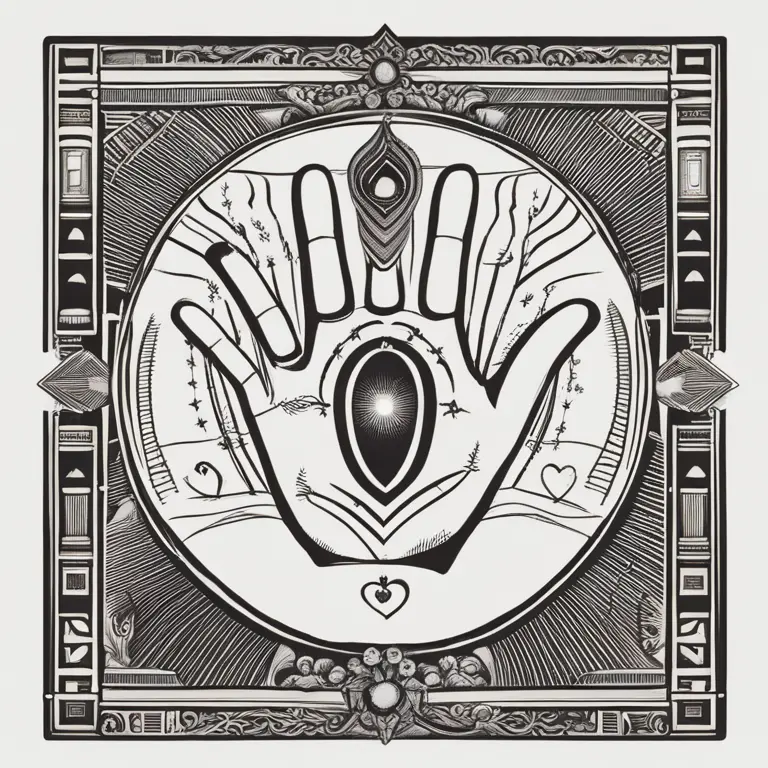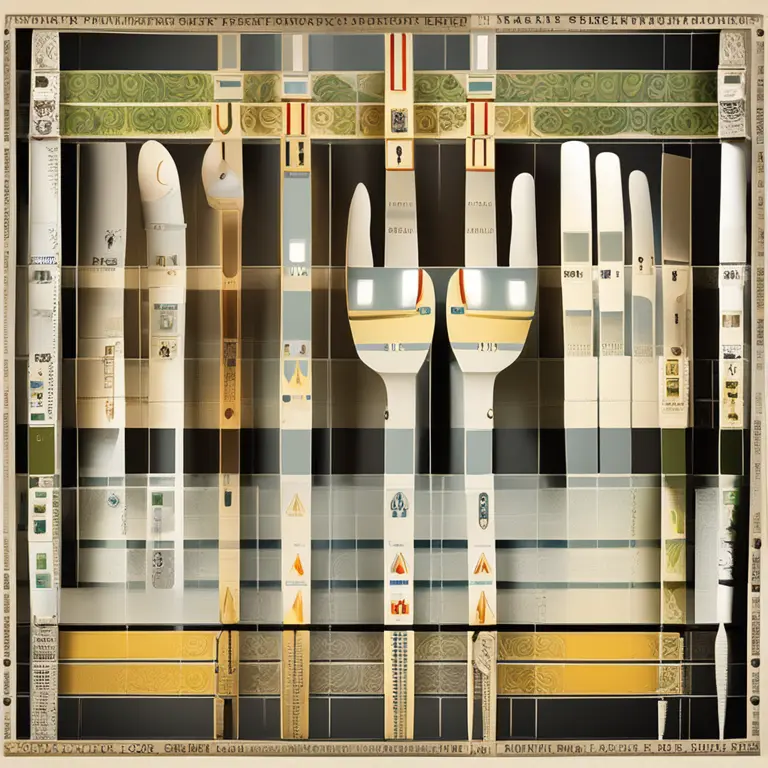
Guide to Hand Reading Essentials
Explore the key aspects of palmistry including major lines, mounts, and finger shapes to uncover life's potential paths.
article by Nora Pennington
The Art of Palmistry
Palmistry, or chiromancy, has been practiced for thousands of years, bridging cultures and continents with its enigmatic allure. This ancient practice is rooted in the belief that our palms are a reflective canvas of our lives – past, present, and future. Hand reading elements offer insights into one's character, love life, career prospects, and even health tendencies. With the revival of mysticism in the digital age, palmistry has seen a resurgence as a tool for self-understanding and forecasting life events based on the study of hands. This guide dives into the basics of palmistry and what the lines, mounts, and shapes of your hands may indicate.

Decoding the Major Lines
Fundamental to any palm reading are the major lines: the heart, head, life, and fate lines. Each one is believed to signify different aspects of one’s existence. The heart line focuses on emotional matters and relationships, while the head line is associated with intellect and wisdom. The life line may reflect vitality and life changes, but contrary to popular myth, it does not predetermine lifespan. The fate line, although not present in all hands, is linked to life's path and successes. Interpreting these lines requires understanding their depth, clarity, and intersections, providing a narrative of an individual's life journey.

Mounts and Their Meanings
Beneath each of the fingers and the thumb are mounts, named after celestial bodies, which offer additional insights. For instance, the Mount of Venus under the thumb relates to love and sensuality, whereas the Mount of Jupiter under the index finger speaks to ambitions and leadership. The remaining mounts align with Saturn, Apollo, Mercury, and sometimes even the hypothetical planet Luna. Analyzing the prominence and features of these mounts can give a wealth of information about a person's strengths, inclinations, and potential destinies.

Fingers and Their Significance
In palmistry, the shape, length, and position of fingers add another dimension to hand analysis. Long fingers may denote a detail-oriented and patient nature, while shorter fingers could suggest agility and practicality. Flexible fingers are often read as a sign of adaptability and sociability. The thumb's flexibility and size yield insights into willpower and self-control. Additionally, the phalanges—the bone segments within each finger—have their unique meanings, touching upon aspects of logic, emotion, and assertiveness.

Signs and Symbols in Palmistry
Apart from lines and mounts, palmists often observe various signs and symbols that might appear on the palm, such as crosses, stars, and triangles. Each holds its significance; a star on the Mount of Apollo might symbolize fame, while a cross on the Mount of Saturn could portend a significant life challenge. These markings can add layers to a reading, bringing nuance and depth to the interpretations.
The Changing Palms: Life's Dynamic Canvas
It is crucial to understand that hands are not static, and their lines and mounts can change over time. This dynamism is what makes palmistry so unique; it recognizes that as we evolve, so do the stories etched in our hands. The flexibility and change in palm lines echo the fluid nature of our lives, emphasizing that our choices and actions continuously shape our destinies.
Published: 1/11/2024
Modified: 1/12/2024
More predictions
Come back here soon to learn more about yourself and your future


The Possibility of Palmistry in Cancer Detection
Examining the claims that palmistry holds any potential in identifying the risk of cancer: a deep dive into the world of mysticism and medicine.


The Ancient Art of Vedic Palmistry
Discover the ancient art of Vedic Palmistry and its practice in the modern era, revealing the secrets held within the lines of the hand.


Palmistry Basics: How to Read Your Hand's Secrets
Learn the basics of palmistry with this guide on how to read the lines and shapes of your hands to reveal insights about your personality and future.